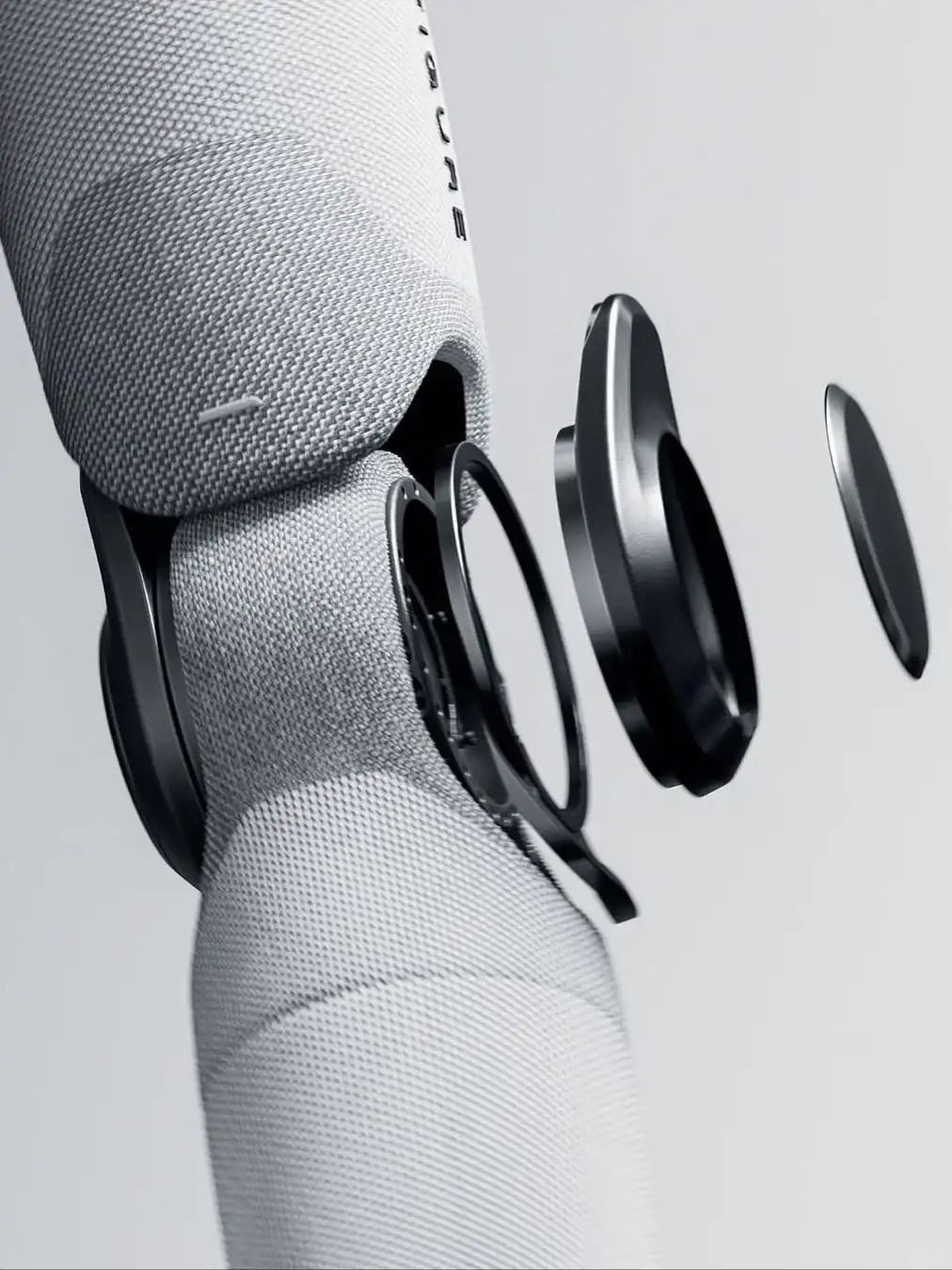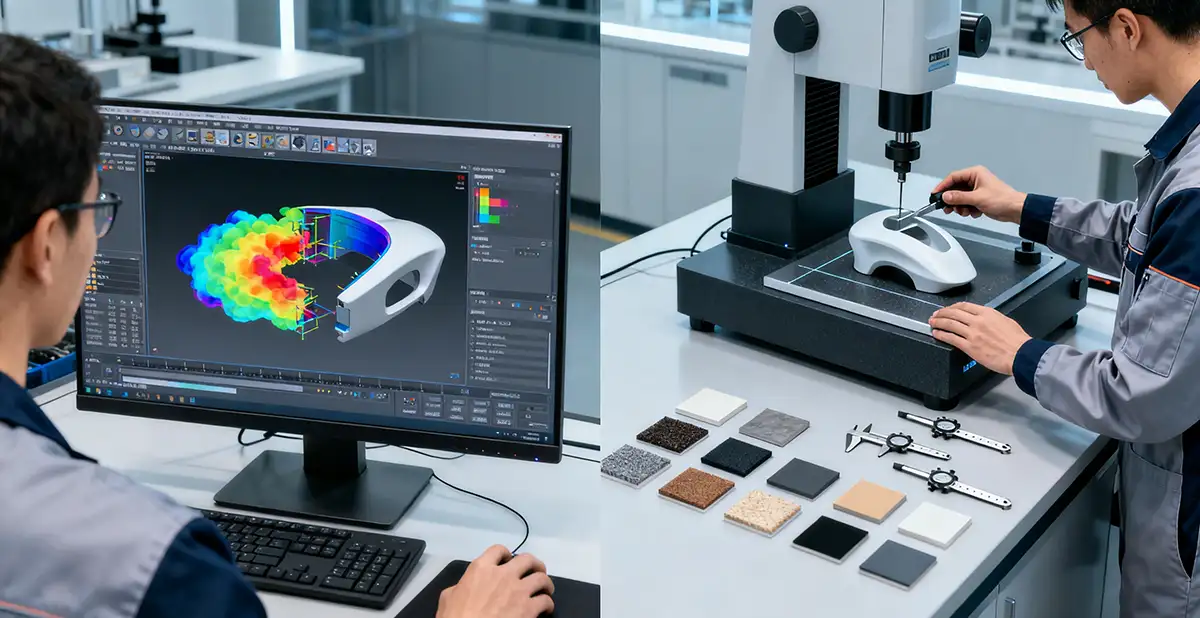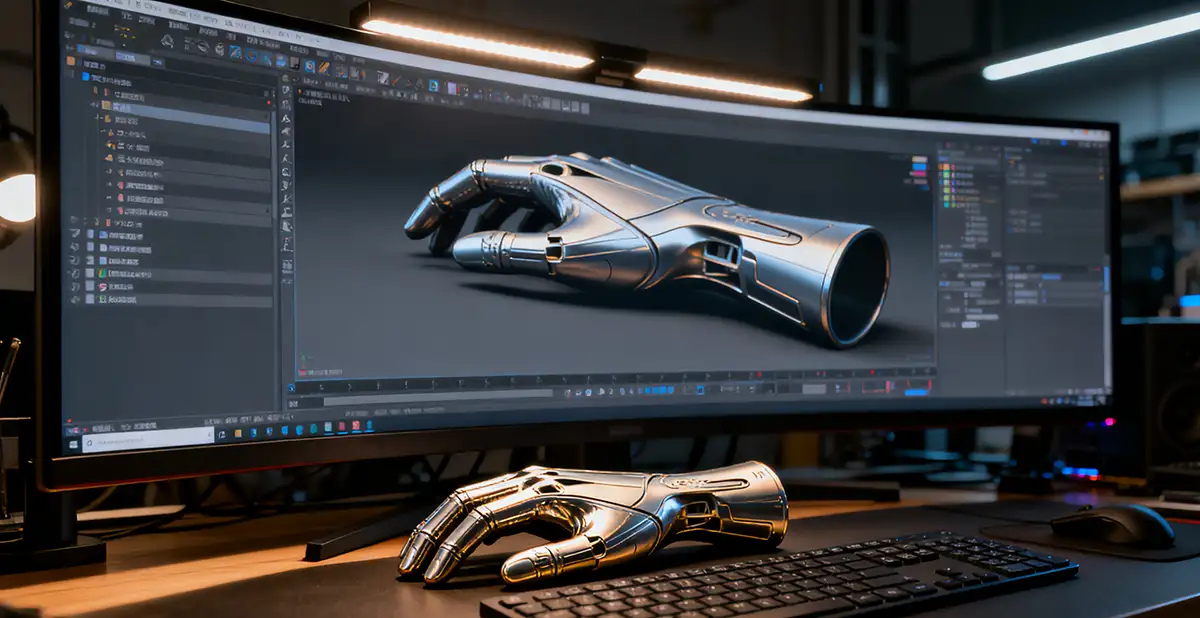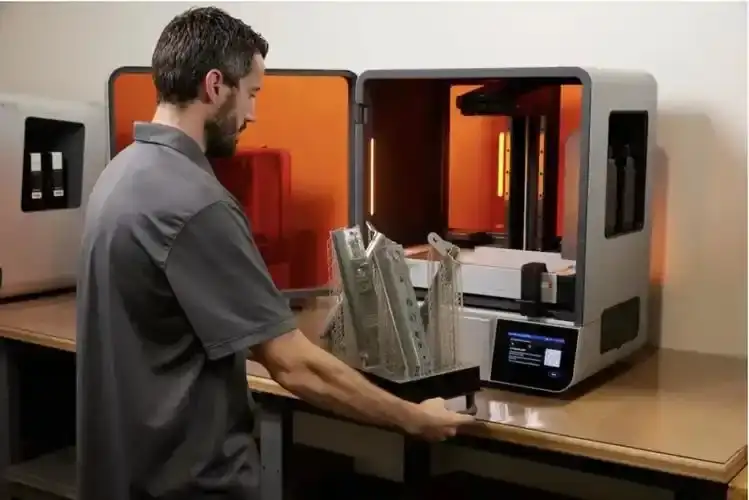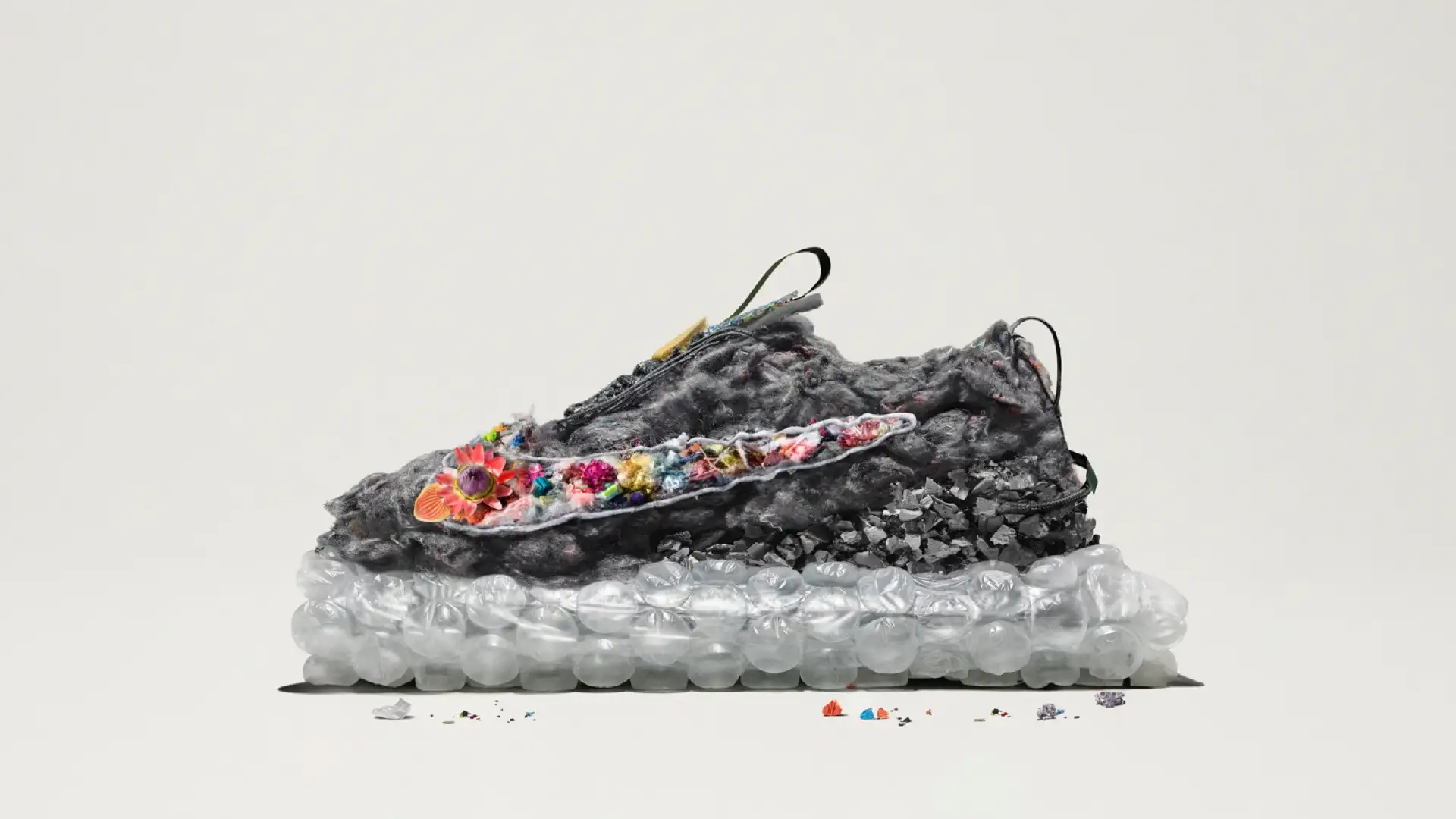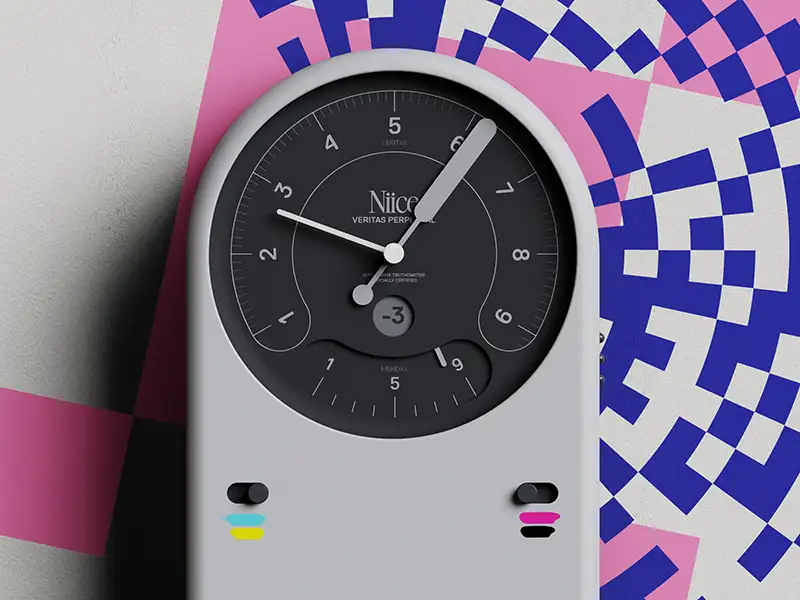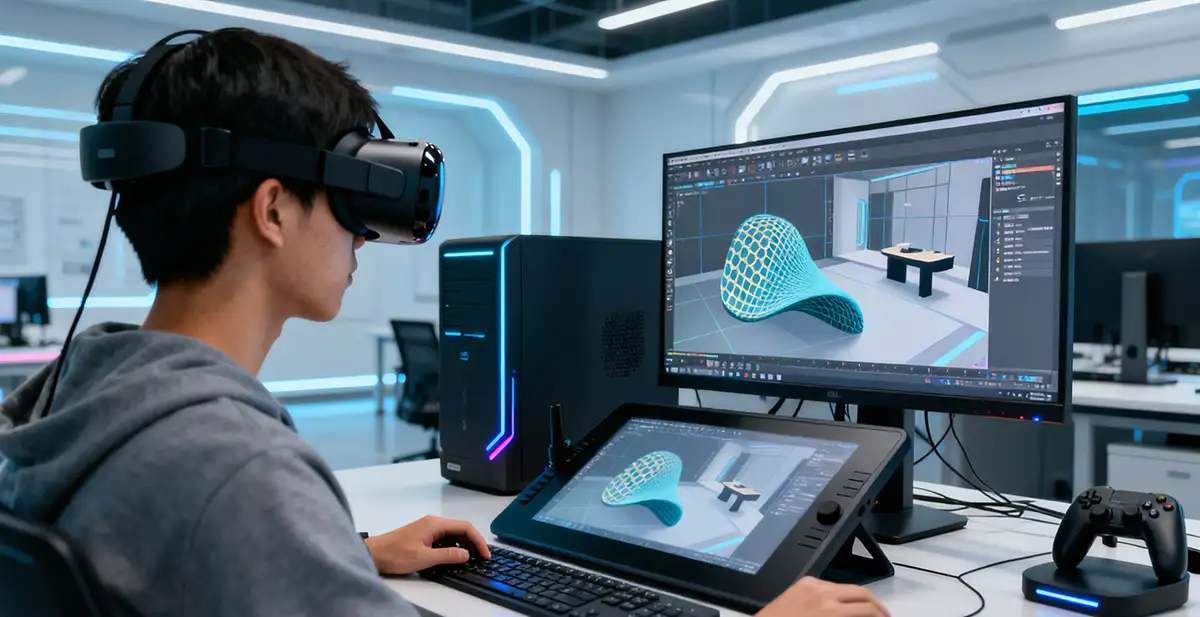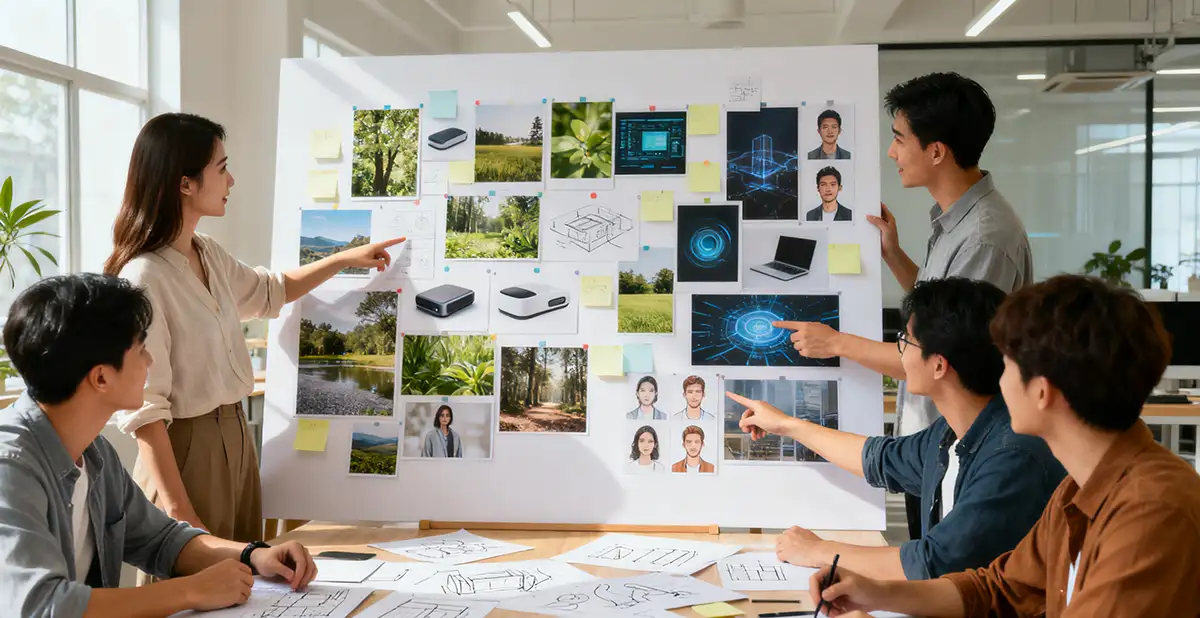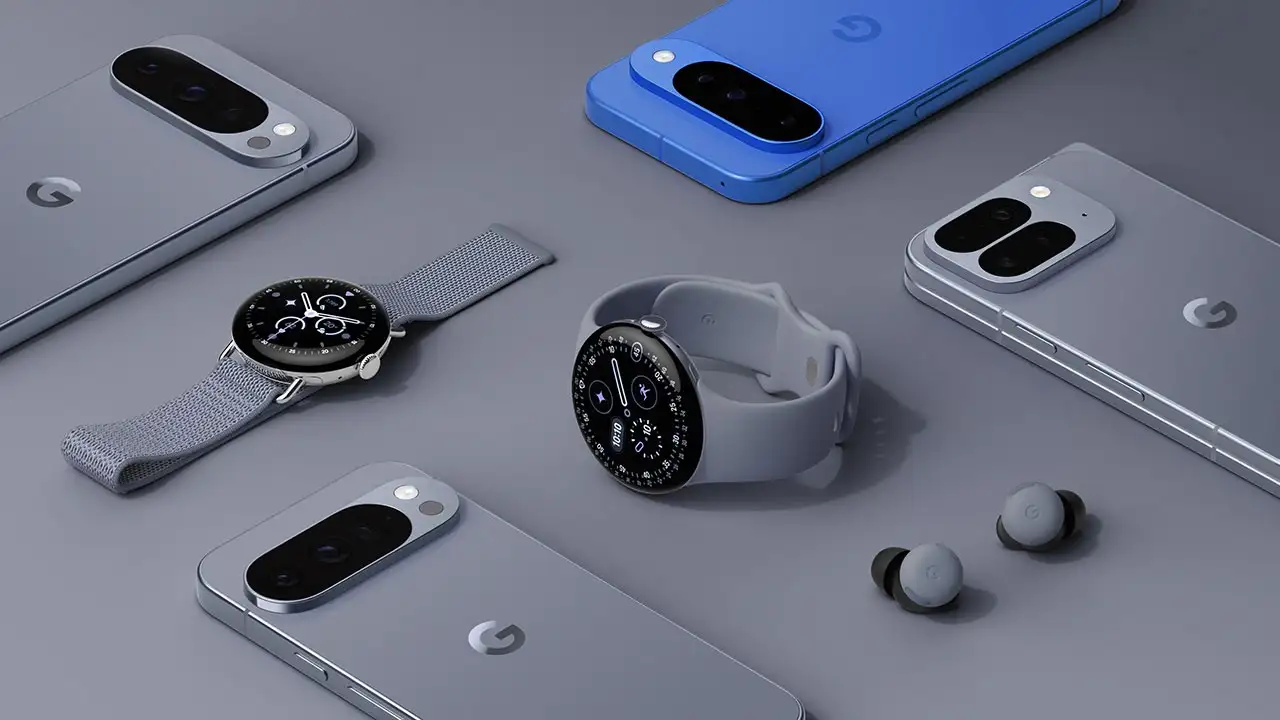NINEIDEA:当设计部在楼上的时候,我们还需要楼外的设计公司吗?你公司内部的设计团队,可能就坐在离你二十米远的地方。他们熟悉品牌规范,参与产品规划,喝同一台咖啡机里的咖啡。而与此同时,一笔不小的预算,正准备付给一家外部的设计公司。这听起来矛盾吗?在深圳这地方,这事儿太常见了。要理解工业设计协同这一点,你得先明白,内部设计和外部设计,压根儿是两种不同的“生物”,活在两种不同的生态里。
@NINEIDEA九号创新 www.nineidea.com
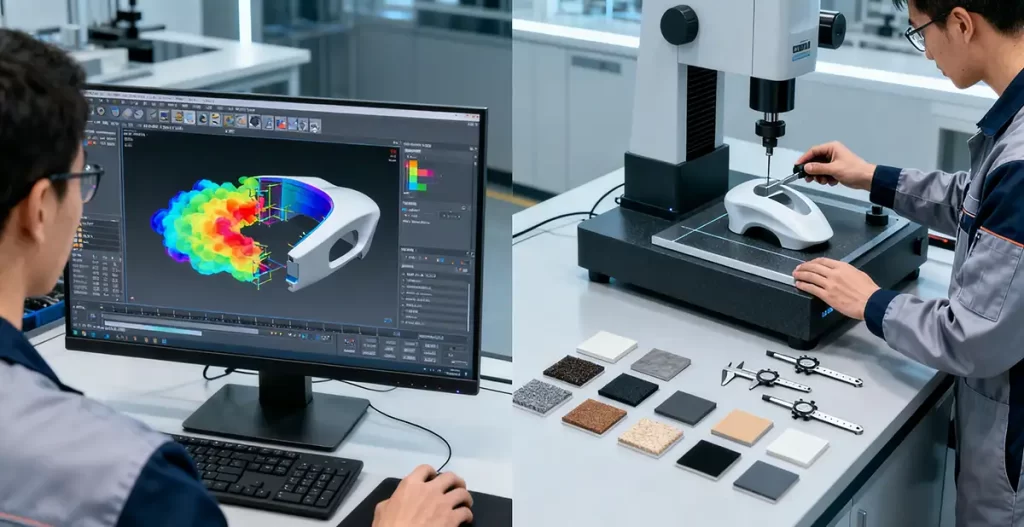
内部的“深耕者”与外部的“游猎族”
你公司的内部设计团队,是 “深耕者” 。
他们的核心价值是 “深度” 和 “延续” 。他们与工程师、供应链、市场团队朝夕相处,脑子里装的不仅是产品的这一代,还有上一代的教训和下一代的蓝图。他们最懂产品的“基因”——为什么这个倒角三代都没变?为什么成本必须卡死在这个数?他们是产品一致性的守护者,是品牌资产的看门人。
但深耕久了,视野容易局限在自家的院子里。这时候,就需要 “游猎族”——外部设计公司。
他们的核心价值是 “广度” 和 “破局” 。他们今天做消费电子,明天接触医疗器械,后天可能研究智能出行。他们像一群带着新鲜视角的“闯入者”,不受内部政治和思维定式的束缚。他们的价值,就是带来公司内部“长”不出来的想法,甚至敢于质疑那个“三代都没变的倒角”。

一场具体的“病”与一剂广泛的“药”
内部团队最擅长治“慢性病”和“已知的病”。
- “下一代产品怎么在成本不增的前提下,提升品质感?”
- “这个结构如何优化,才能让生产线良品率再高一点?”
这些问题,需要的是对病史的深刻理解和在既定框架内的精妙微操。
而外部团队,则常被请来治“急性病”和“未知的病”。
- “我们的产品线老了,想来一次彻底的品牌焕新,不知道从哪里下手。”
- “想开拓一个全新的品类,但内部团队完全没有相关经验。”
这时,你需要一剂猛药,需要一套来自不同战场、被验证过的“方法论”和“工具箱”。
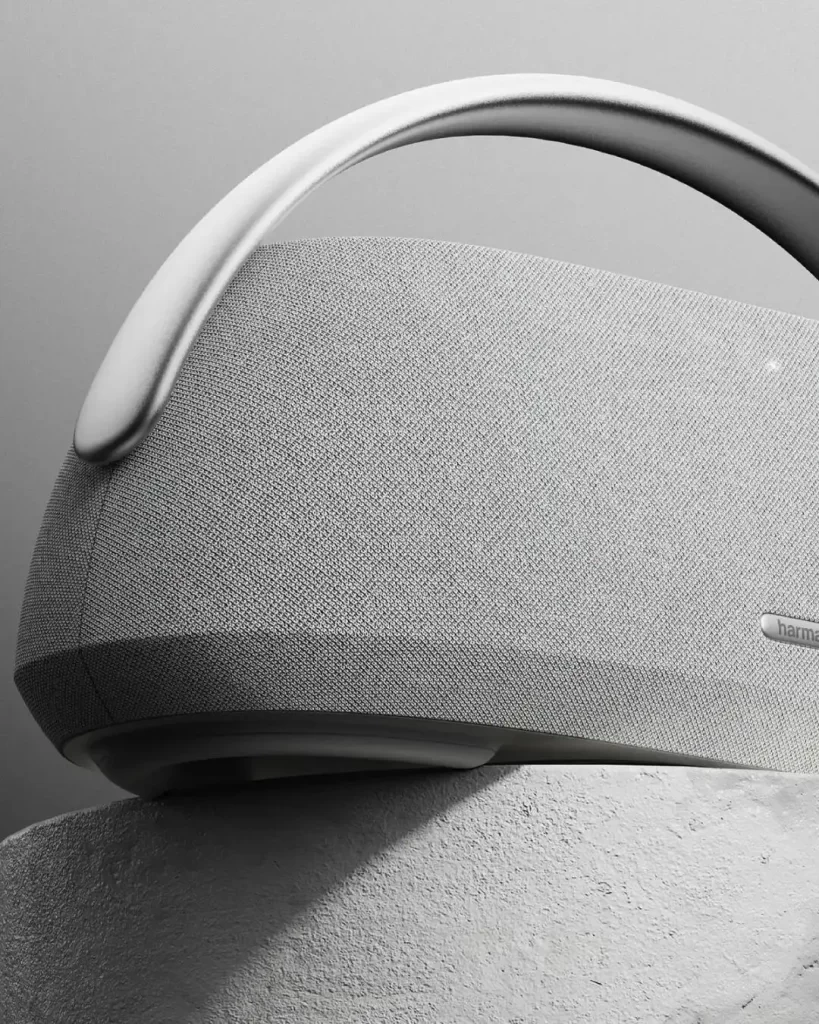

平衡之道:不是二选一,而是如何混双
在深圳见过太多案例后,你会发现,聪明的公司从不把内外设计看作选择题,而是一场需要精心排布的“混合双打”。
- 让内部的,成为“业主”与“桥梁”
最糟糕的模式,是把内部团队扔在一边,完全让外部团队操刀。理想的状态是,让内部团队作为项目的“业主”和核心接口人。他们最懂公司的“语言”和“底线”,由他们来管理外部团队,能确保创意不跑偏,并能将外部注入的新基因,有效地消化、吸收进公司的血脉里。 - 在对的时机,请对的人
不要把外部设计公司当作“救火队”,项目一开始就让他们介入。让他们参与早期的策略和概念探索,利用其广博的视野来共同定义问题,而不是等问题定型了,再让他们来画个漂亮的壳。 - 建立一种“良性冲突”
不要害怕内部和外部的观点发生碰撞。内部说“这根本做不出来”,外部说“是你们不敢想”。这种冲突恰恰是最有价值的部分。高明的管理者会利用这种张力,逼双方拿出证据,在“天马行空”与“现实骨感”之间,碰撞出那个真正巧妙且可行的平衡点。 - 把外部投入,转化为内部能力
请外部公司的最终目的,绝不仅仅是完成一个项目。而是在项目结束后,通过紧密的合作,让内部团队学会新的思考方式、工作流程和设计语言。这笔学费,买的不只是一份设计交付物,更是一次对内部团队无声的、深度的培训。
说到底,这不是一个成本问题,而是一项投资艺术。
你把内部团队,投资给产品的深度与传承。
你把外部团队,投资给思维的广度与突破。
在深圳这座永远在快速迭代的城市里,最成功的企业,往往是那些能同时驾驭这两种力量,让“家里的守业者”和“外来的挑战者”在同一张桌子上共舞的玩家。


Internal ‘deep cultivation’, external ‘breaking through walls’: the deployment of industrial design collaboration
NINEIDEA: When the design department is upstairs, do we need a design company outside the building? Your internal design team may be sitting twenty meters away from you. They are familiar with brand standards, participate in product planning, and drink coffee from the same coffee machine. Meanwhile, a considerable budget is being prepared to be paid to an external design company. Does this sound contradictory? This is too common in Shenzhen. To understand industrial design collaboration, you need to first understand that internal design and external design are fundamentally two different “organisms” living in two different ecosystems.
Internal ‘cultivators’ and external’ hunters’
Your company’s internal design team is a ‘deep cultivator’.
Their core values are “depth” and “continuity”. They interact with engineers, supply chain, and marketing teams day and night, with not only the current generation of products in their minds, but also the lessons learned from the previous generation and the blueprint for the next generation. They understand the ‘genes’ of the product the most – why hasn’t this chamfer changed for three generations? Why must the cost be stuck at this number? They are the guardians of product consistency and the gatekeepers of brand assets.
But after deep cultivation for a long time, the view is easily limited to one’s own yard. At this point, we need a ‘hunting tribe’ – an external design company.
Their core values are ‘breadth’ and ‘breaking through barriers’. They are working on consumer electronics today, will be exposed to medical devices tomorrow, and may research intelligent transportation the day after tomorrow. They are like a group of “intruders” with fresh perspectives, not bound by internal politics and thinking patterns. Their value lies in bringing ideas that cannot be “grown” within the company, and even daring to question the “chamfer that has not changed for three generations”.
A specific ‘disease’ and a broad ‘medicine’
The internal team is best at dealing with chronic diseases and known illnesses in Changzhi.
How can the next generation of products improve their quality without increasing costs
How can this structure be optimized to increase the yield rate of the production line
These questions require a profound understanding of the medical history and sophisticated techniques within the established framework.
External teams are often invited to treat “acute illnesses” and “unknown illnesses”.
Our product line is old, and we want to have a thorough brand refresh. I don’t know where to start
I want to explore a completely new category, but my internal team has no relevant experience
At this point, you need a powerful remedy, a set of validated “methodologies” and “toolboxes” from different battlefields.
The Way of Balance: It’s not about choosing between two, but about how to mix doubles
After seeing too many cases in Shenzhen, you will find that smart companies never see interior and exterior design as multiple-choice questions, but rather as a carefully arranged “mixed doubles” game.
Make the internal ‘owners’ and’ bridges’
The worst mode is to leave the internal team aside and let the external team handle it completely. The ideal state is to have the internal team as the “owners” and core interface persons of the project. They understand the “language” and “bottom line” of the company the most. By managing external teams, they can ensure that creativity does not deviate and effectively digest and absorb new genes injected from the outside into the company’s bloodstream.
At the right time, please invite the right person
Don’t treat external design companies as “firefighting teams”, involve them from the beginning of the project. Let them participate in early strategy and concept exploration, using their broad perspectives to jointly define the problem, rather than waiting for the problem to take shape before letting them draw a beautiful shell.
Establishing a ‘benign conflict’
Don’t be afraid of conflicting internal and external perspectives. Internally, they say ‘this is simply impossible to achieve,’ while externally, they say ‘it’s something you dare not imagine.’. This kind of conflict is precisely the most valuable part. Smart managers will use this tension to force both parties to provide evidence, striking a truly clever and feasible balance between ‘wild imagination’ and ‘realistic intuition’.
Transform external input into internal capabilities
The ultimate goal of external companies is not just to complete a project. But rather, after the project is completed, through close collaboration, the internal team learns new ways of thinking, workflow, and design language. This tuition fee is not just a design deliverable, but also a silent and in-depth training for the internal team.
Ultimately, this is not a cost issue, but an investment art.
You invest your internal team in the depth and inheritance of the product.
You invest in the breadth and breakthroughs of your thinking in external teams.
In Shenzhen, a city that is always iterating rapidly, the most successful companies are often those who can simultaneously harness these two forces, allowing the “defenders at home” and “challengers from outside” to dance on the same table.













